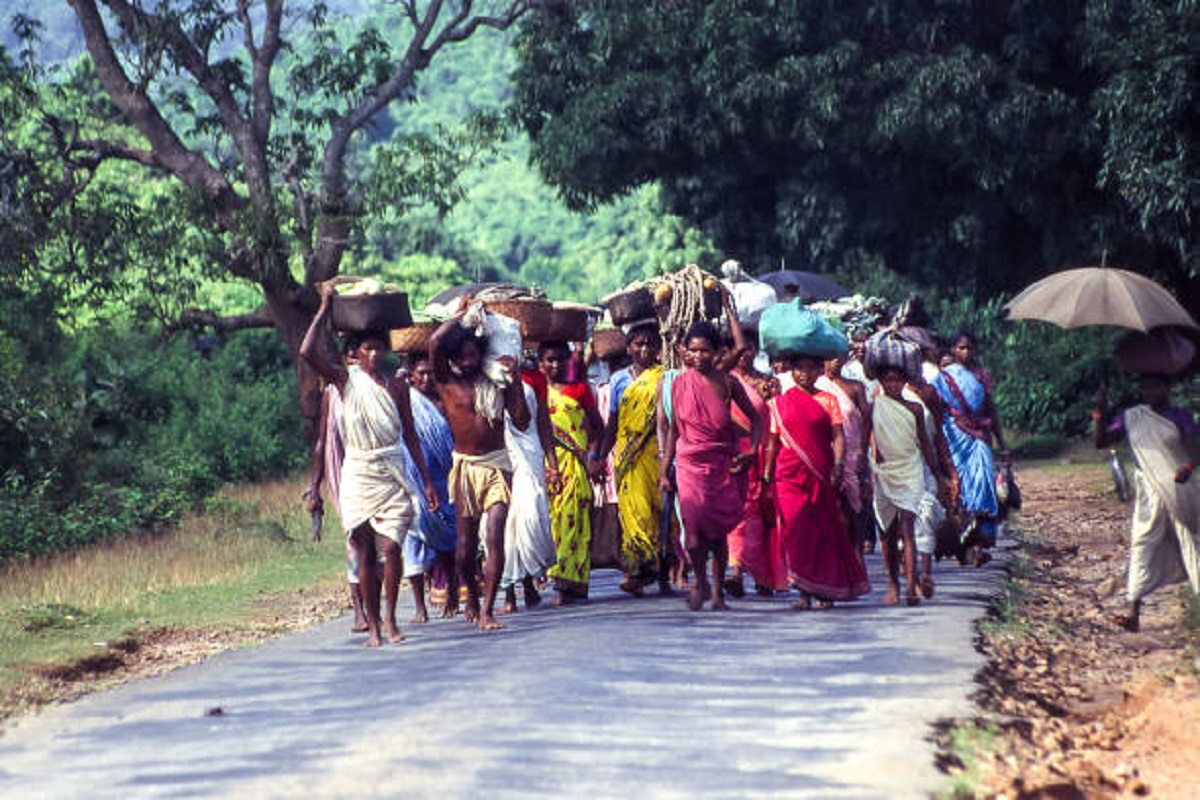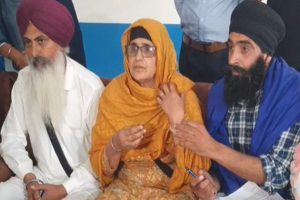Every year, on August 9th, the global community commemorates International Indigenous People’s Day, a dedicated effort to champion and protect the rights of native communities.
Thus, World Tribal Day,2023 which is 9th August, 2023 is also known as World Indigenous Day or International Day of the World’s Indigenous People. It provides the absolute opportunity to preserve and provide protection to the basic human rights of the tribal communities, to provide them with a life of dignity!
India is a nation with diverse cultures, castes, creeds, religions, languages, and traditions. It is imperative to provide those socially excluded the appreciation for their contribution and achievements to enhance the quality of life of human beings.
Origins of Global Indigenous Peoples’ Day
Each year, on August 9th, the world commemorates the International Day of Indigenous Peoples, a date established by the UN General Assembly in December 1994. This day was selected as a tribute to the inaugural session of the United Nations Sub-Commission on the Promotion and Protection of Human Rights’ Working Group on Indigenous Populations, which took place in Geneva in 1982 and provided the inspiration for this significant occasion.
World Tribal Day 2023 theme
The 2023 theme for World Tribal Day revolves around “Indigenous Youth as Agents of Change for Self-determination.”
Importance of Global Indigenous Peoples’ Day
The World –
The significance of the International Day of Indigenous Peoples lies in its role as a spotlight on the profound cultural variety, legacy, and invaluable contributions of native communities worldwide. This observance is crucial due to the persistent marginalization often experienced by indigenous populations, who frequently rank among the most disadvantaged racial and ethnic groups within societies. According to UN calculations, although indigenous individuals constitute less than 5% of the global populace, they account for a substantial 15% of the world’s most economically deprived individuals.
They embody 5,000 diverse cultures and converse in the predominant portion of the world’s approximate 7,000 languages. Acknowledging their distinctive identities and advocating for their entitlements, this day underscores the call for united efforts among governments, entities, and communities to safeguard the welfare, honour, and integration of indigenous populations, all while commemorating their irreplaceable contribution to the global legacy we share.
India —
In India, there are about 104 million tribal individuals which constitute about 8.6%of the population (Census Report 2011). Some of the tribal communities of Madhya Pradesh include Khargone, Dhar, Jhabua, and Ratlam. The largest tribe in India which are inhabited in the regions of Gujarat, Madhya Pradesh, Chhattisgarh and Rajasthan is the Bhil tribe. Thus, this World Tribal Day is of salient importance to maintain ‘EQUALITY AMONG ALL”.
Within India, the term ‘Adivasi’ serves as an umbrella for a myriad of ethnic and tribal societies that are recognized as the indigenous people of the nation. While the largest tribal communities are predominantly clustered in central India, they form a mere 10% fraction of the overall population in that specific region.
Thus, providing basic human dignity and equality still takes the heart and core of World Tribal Day.











